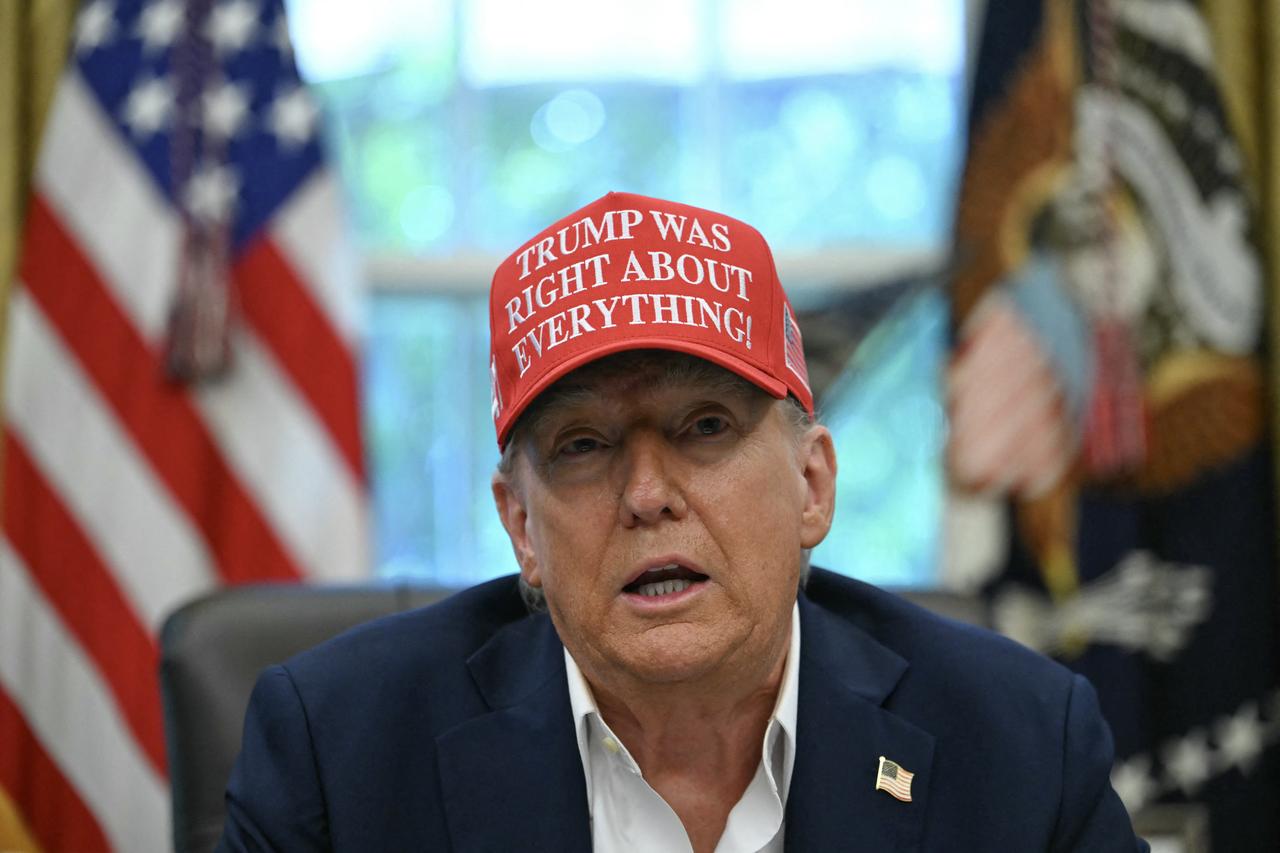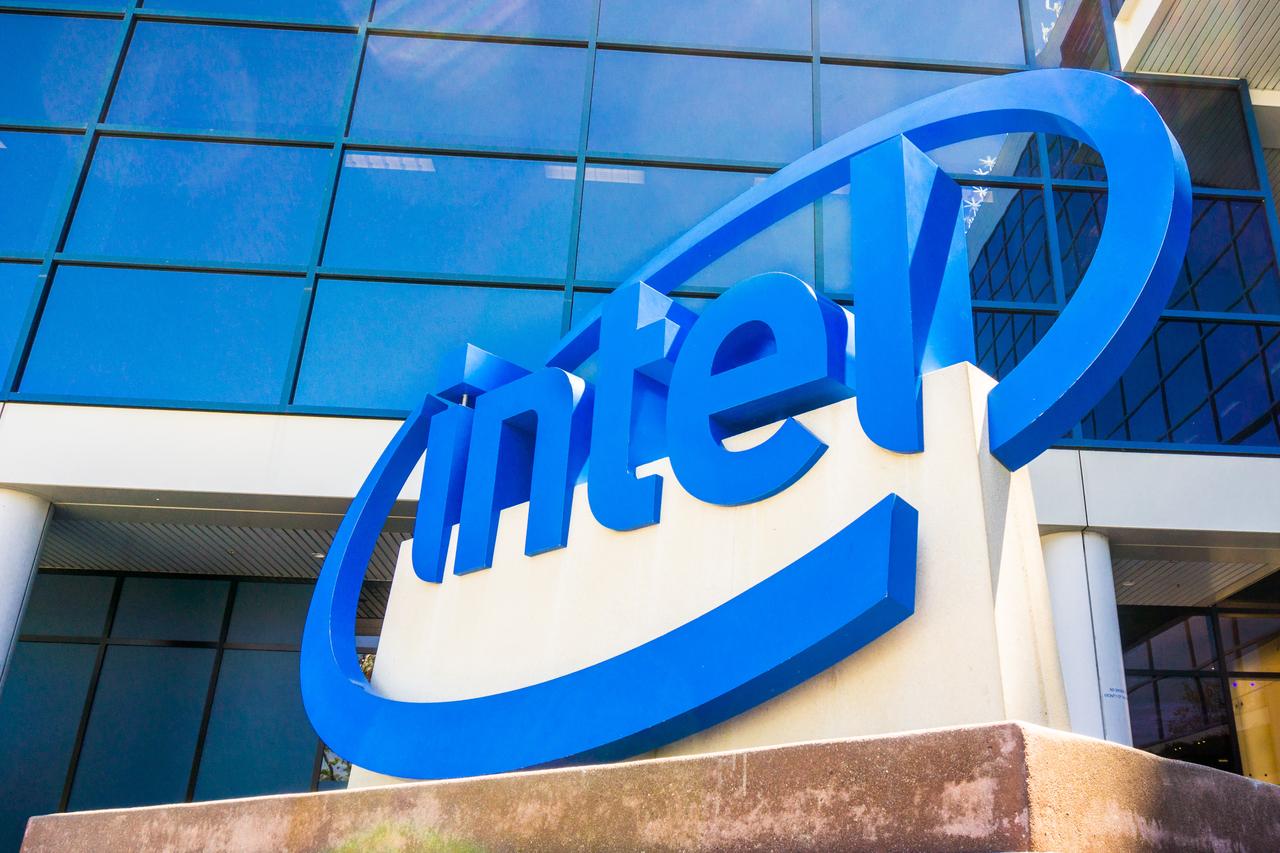
U.S. President Donald Trump announced on Friday that Intel, one of the largest American semiconductor manufacturers, had agreed to give the United States government a 10% equity stake in the company.
Trump said the deal followed discussions with Intel Chief Executive Lip-Bu Tan last week, during which he proposed that Washington become a shareholder.
"I said, I think you should pay us 10% of your company," Trump told reporters, adding that Intel had agreed and that he viewed the outcome as a beneficial partnership for the firm.
After Trump’s remarks, Intel shares jumped more than 5% on Wall Street, tracking a broader rally that lifted major U.S. indexes nearly 2% after Fed Chair Jerome Powell signaled a possible September rate cut.
While the details of the new agreement have not been disclosed, U.S. media reports suggested that the 10% stake could be valued at around $10 billion.

The 10% stake the U.S. government seeks to take is roughly equal to the amount Intel is expected to receive under the CHIPS and Science Act to help finance new chip plants in the United States.
Intel said last fall that it had finalized a nearly $8 billion grant under the program to support its factory-building plans. The law, enacted in 2022, was designed to encourage domestic semiconductor production amid growing dependence on overseas suppliers.
U.S. Commerce Secretary Howard Lutnick earlier this week told CNBC that Intel should provide Washington with an equity stake in exchange for federal funding allocated through the act.
Lutnick explained that any equity arrangement would not grant the government voting rights or decision-making power in Intel. He criticized the structure of previous grants, saying the earlier program amounted to "simply giving away" money to private companies.

Intel has faced mounting challenges in recent years, reporting a full-year loss of $18.8 billion in 2024 — its first annual loss since 1986.
The company continues to cede market share to rival Advanced Micro Devices (AMD) in personal computers and server processors. At the same time, its efforts to establish a foundry business to compete with Taiwan Semiconductor Manufacturing Company (TSMC) have struggled to gain traction.
Long regarded as a symbol of Silicon Valley’s technological leadership, Intel has seen its market position weakened as demand for outsourced, made-to-order chips has surged globally.
Earlier this week, Japan’s SoftBank Group also announced that it would invest $2 billion in Intel, equal to about 2% of the company.